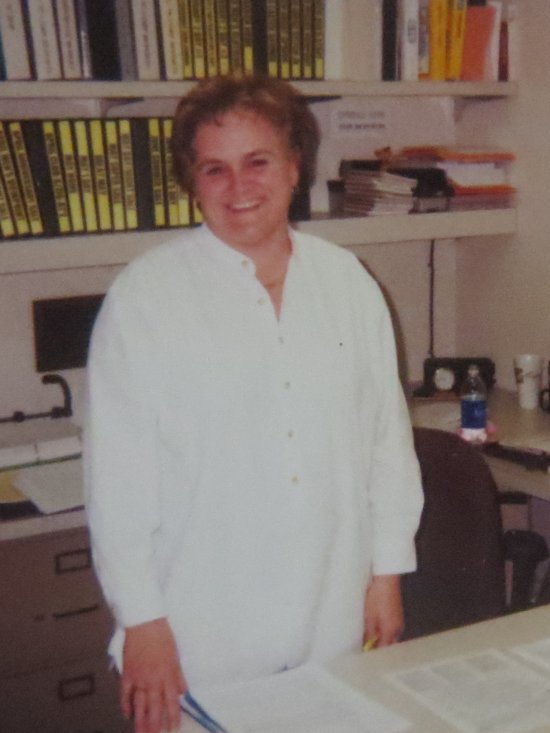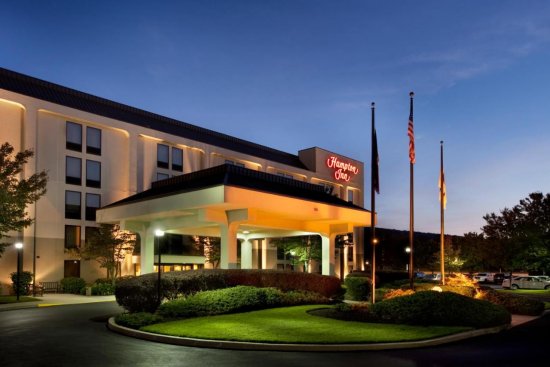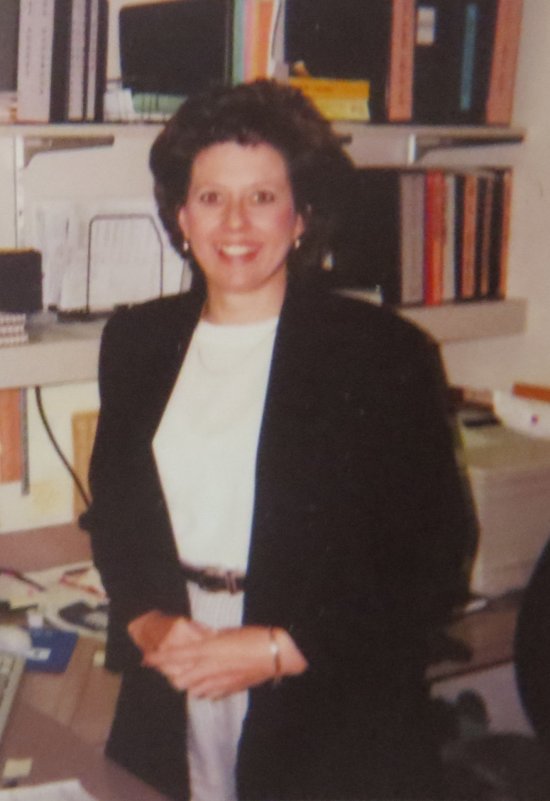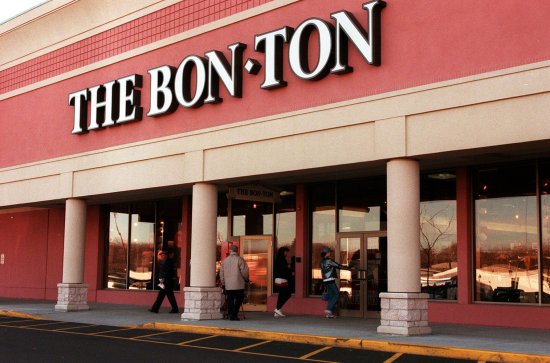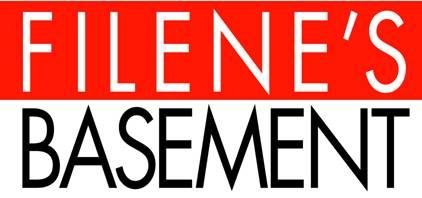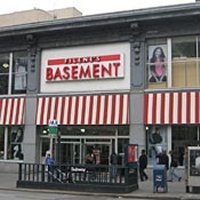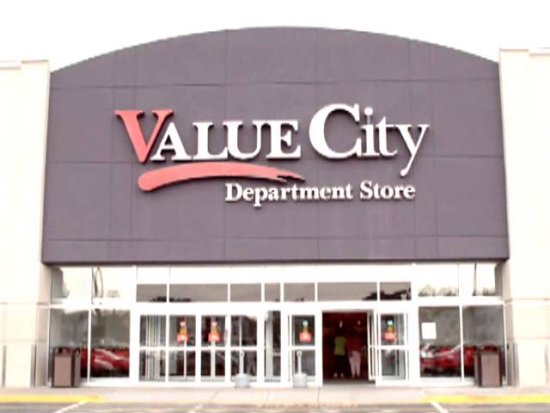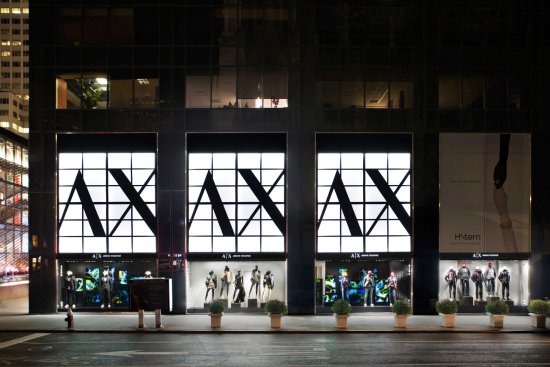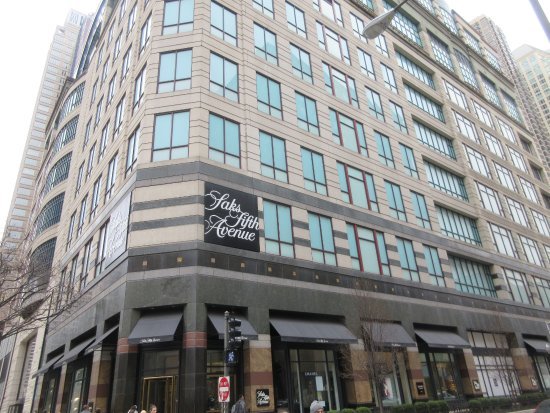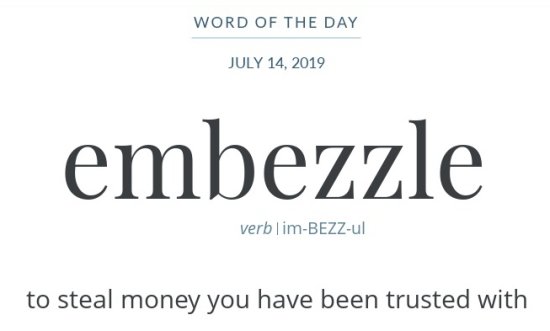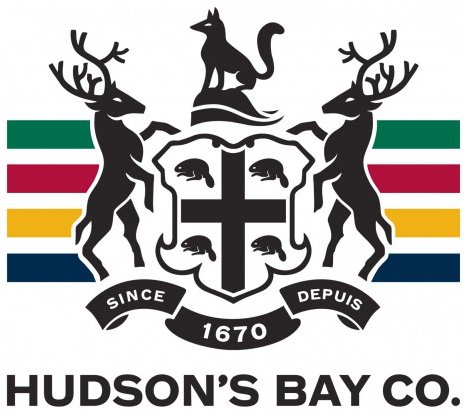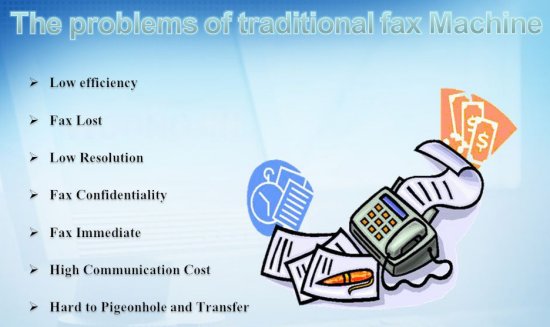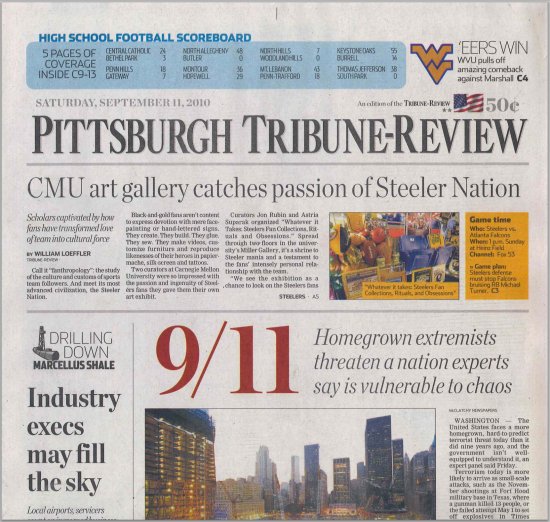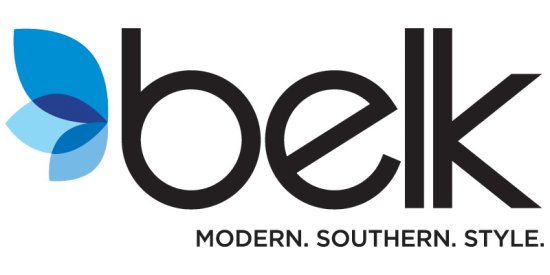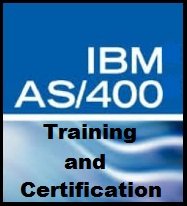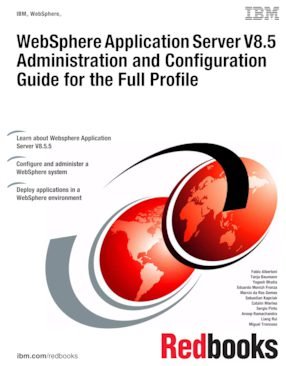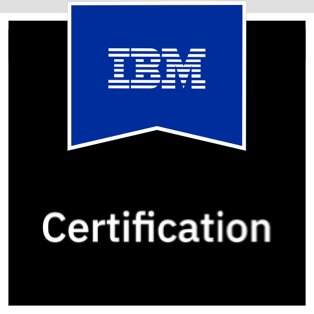The Bon-Ton is where? You get there how? Continue reading
The Bon-Ton was a chain of department stores based in York, PA. For nearly a century the company was owned and operated by the Grumbacher family. In fact, Tim Grumbacher only retired from the company’s Board of Directors in 2017. So, for 119 out of the company’s 120 years of existence members of the family were closely involved with the ownership and/or management of the company.
In the years that TSI was involved with B-T, it was expanding fairly rapidly. I am pretty sure that the original call to TSI inquiring about the AdDept system was received in 1996 or 1997 and came from Jo Harnish1, who was the Production and Finance Manager for the advertising department at B-T. This was an extremely unusual combination of responsibilities. Ordinarily the production manager and finance manager were separate people with markedly different skills.
Doug Pease, TSI’s Marketing Director, talked with her and arranged for the two of us to come to York to make a presentation. We were surprised when they suggested that the easiest way to get to York was to fly to BWI Airport, which is south of Baltimore, MD, rent a car, and drive north for more than an hour. That’s what we did. At the time US Airways offered several nonstop flights to BWI every day.

The address that we were given for B-T’s corporate headquarters was 2801 E. Market St. It turned out to be in the middle of a fairly large strip mall. The door through which we entered was next to a Burlington Coat Factory outlet. There was only a very small sign on the door that indicated that the corporate offices lay within. I frankly wondered what kind of operation we were getting involved with.
I am sure that on that first trip we met with Jo and Tom Vranich2, the Senior VP of advertising. I already knew Tom. My recollection is that I had talked with him briefly at the Retail Advertising Conference3 that Tom Moran and I had attended in Chicago in the early nineties. At the time Tom V. was the Advertising Director at Hess’s, a chain of department stores based in Allentown, PA.
I remember few of the details of B-T’s requirements. I seem to recall that the paper in York still printed twice a day. I am pretty certain that none of the requirements seemed insuperably difficult to me.
I also don’t recall much about the installation itself or the support trips to the Bon-Ton offices in the subsequent years. What I mostly remember was the time in the rental car. The drive to and from BWI was not particularly difficult, but it was time consuming.
I think that the hotel in which I stayed was behind the strip mall in which the Bon-Ton office was located, but the route to get back and forth was circuitous. I probably stayed at the Hampton Inn that was (and still is in 2022) located in that vicinity. I don’t remember any restaurants that I frequented in York. I think that I generally got take-out and ate in the hotel room. On the other hand, I can visualize parts of the highway and the Market St. area rather clearly.
At some point Bethann Matroni4 became the head of the advertising business office and our primary contact. The only notes that I could locate indicated that in 2001 she requested that we add a third rate for ROP (display ads for newspapers). The two rates that were already on AdDept’s media schedule file and the rate table represented the actual rate charged by the paper and a marked-up rate that was shown to the merchandise departments and, for co-op advertising, the vendors. The former was often called “net” and the latter “gross”, but because those terms were also used to mean something else, we just called them rate 1 and rate 2. I don’t recall that we ever added a rate 3 to these files.
At about the same time I talked with someone named Tina Hagarman, maintained the schedule for newspaper advertising and ordered the ads. According to my notes, she had just returned from maternity leave. I think that I was in York to explain to her how AxN5, TSI’s system for management of insertion orders over the Internet, worked. The Bon-Ton was one of the first users of that system. I also promised to send Tina a copy of the booklet that I had made about inserts, the preprinted flyers that are sometimes included with the newspaper.
In 1998 I was startled to learn that the Bon-Ton6 was opening a store on Route 20 in Westfield, MA, which was not far at all from where my sister Jamie and her family were living at the time in West Springfield. The surprising thing was that it was the only Bon-Ton store in New England. I had to wonder how it could possibly be profitable to run only one store in an area. This was not part of an acquisition either. Someone at the Bon-Ton just decided that it would be a good idea to locate one of their department stores in this strip mall on the outskirts of a rather small town in western Massachusetts. It was also the last outpost of civilization before the sparsely populated Berkshires.
In 2003 the Bon-Ton surprised most of the retail world by acquiring the stores run by Elder-Beerman, another department store chain that had been using AdDept to manage its advertising. This move approximately doubled the size of the company in terms of the number of stores. The signage for the acquired stores still referenced Elder-Beerman, but management of the advertising for the combined operation was done at the Bon-Ton headquarters in York. Because both of the advertising departments already used both AdDept and AxN, the transition was rather smooth. I don’t think that I even made a trip to York to oversee it.
In 2005 Bon-Ton somehow came up with $1.1 billion in cash to purchase the Northern Department Store group from Saks Inc. This group consisted of three former users of AdDept: P.A. Bergner, Younkers, and Herberger’s7. So, for the second time in two years the company doubled in size.
The advertising for this group was run out of Milwaukee. The facility in Milwaukee was much larger than the one in York. It had a large area devoted to the production of ads as well as a photo studio. The Bon-Ton closed the department with which we had worked in York and moved all of the advertising to Milwaukee. None of the people that we knew in York made the move to Milwaukee.
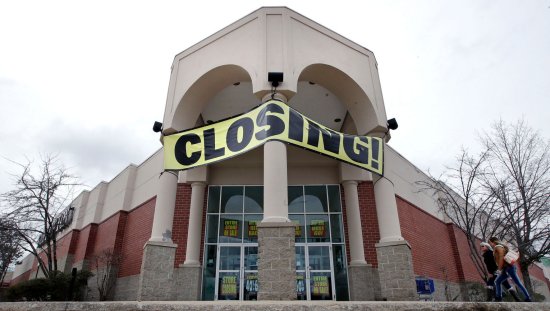
I knew very well that there was no possibility of persuading the Senior VP in Milwaukee, Ed Carroll, to use AdDept even if we agreed to let them use it for free. However, I did make an effort to contact the newspaper manager to see if we might interest them in using AxN. It would have been difficult to construct an interface, but the new organization ran a lot of advertising in a very large number of papers. If I had succeeded in convincing him to use AxN, TSI might have been able to limp along until the entire Bon-Ton retail empire after many consecutive unprofitable years gave up the ghost in 2018 and ended up selling all of its properties to liquidators.
I might have been mistaken about the Bon-Ton store in Westfield. It stayed open until the Bon-Ton declared bankruptcy in 2018. I don’t know whether it was ever profitable.
1. Jo Harnish’s LinkedIn page can be viewed here.
2. Tom Vranich’s LinkedIn page is here. On it he claims (three times) that he worked as Senior VP at the Bon-Ton for over thirty years. I am almost positive that for most of that period he was actually employed at other stores that were eventually acquired directly or indirectly by B-T. Also, since his name was not Grumbacher, I doubt that he started as Senior VP.
3. The adventures of Tom and Mike at the RAC in Chicago have been described here.
4. I could find little on the Internet about Bethann Matroni. I think that in 2022 she may be known as Bethann Brodbeck.
5. A detailed description of the genesis of the AxN system has been posted here. Details about its structure can be found here.
6. A very detailed account of the long history of the Bon-Ton is posted here. Unfortunately it stops in 2001 just before things got really interesting.
7. Detailed blog entries have been posted about each of these installations: P.A. Bergner, Younkers, Herberger’s.


